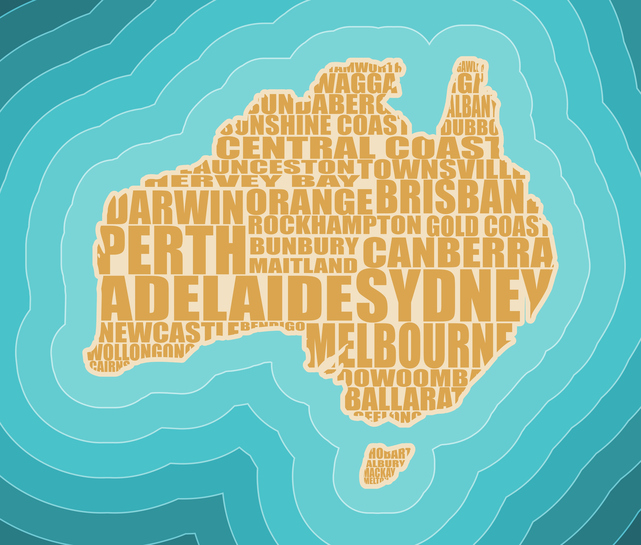‘Middle Australia’ is fictitious, and failing marketers
Many businesses believe their brand’s fortune lies in ‘middle Australia’. However, DDB Sydney’s Carl Ratcliff argues that the idea of the ‘middle’ is fictitious and failing, costing marketers an opportunity to win an emotional advantage in the mainstream.
It doesn’t always think so, but Australia is a country with a very specific dichotomy given its unique inheritance and context.
For marketers, dichotomies are a nuisance. They have no mean, no average. They are, or they aren’t. And marketing has a preference for averages – the middle. Indeed, many businesses believe that that’s where their brand’s fortune lies: in middle Australia – a fictitious microcosm.



Nice nod to the Chemical Brothers Carl….for those of us that know. The Job Club early 90s!
I’ve always loved the way Carl writes. And thinks.
How does this narrative square with the most recent election? That was a pretty clear showing that the cautious centre still reins in Australia.
I guess it suggests a simple majority electorate voting with its pocket versus how it views pedestrian advertising or marketing
“And marketing has a preference for averages – the middle.”
And statistics has a preference for averages to be called the mean, and the middle to be called the median.
Sorry to be a tad mean.
The median isn’t the message.
Innovation practices lead the way in looking at the edges.
Due in part to Design Thinking’s origins in psychology, ergonomics, anthropology and participatory design, which were trying to broaden and embrace diversity to provide access to the greatest number.
It’s why Design Thinking still places emphasis on learning at the edges or extremes in human variability to bring a new perspective.